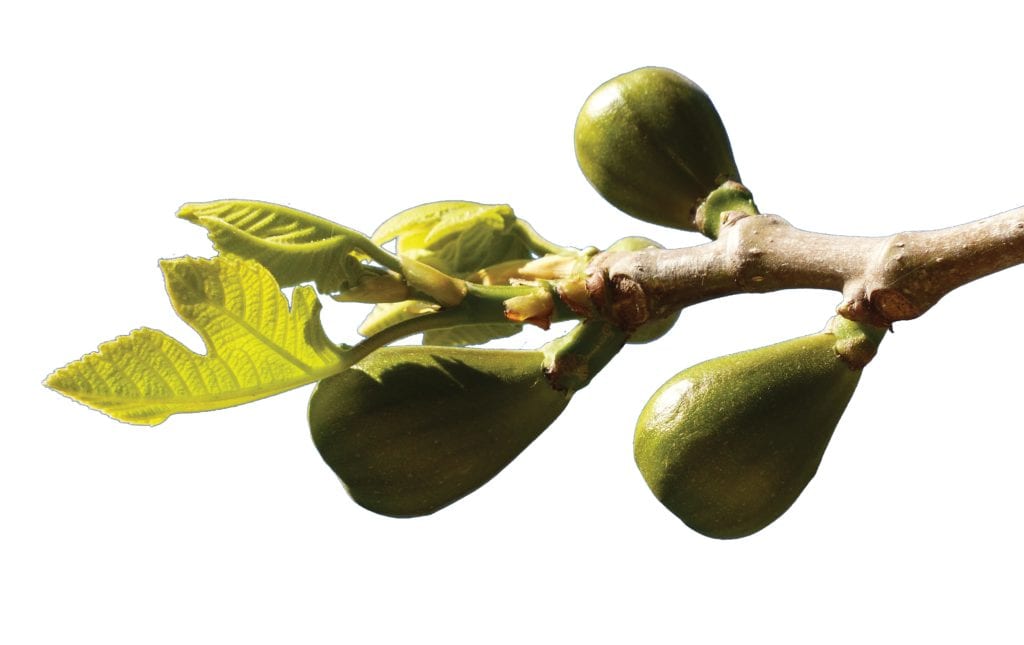Figs (October 9)


Have you noticed that the gooey inside of a fig bar is also crunchy? That cruch is the little seeds of the fruit. Inside the bulb of a fig are hundreds of flowers that develop into tiny fruits. In 1882, the Smyrna female fig tree was brought from Turkey to California. But many years after the fig trees were planted, no one understood why no fruit was growing on the trees until botanist George Roeding discovered that the trees were all female and needed to be pollinated by wild fig wasps.
So back to Turkey the California farmers went to find the wild fig trees and the wild fig wasps. The wild fig wasp is so tiny it can fit through the eye of a sewing needle. Success! Each summer, the Smyrna fig orchards of California are covered with large paper bags. Inside are the wild fig wasps dusted with pollen from the male wild fig trees. Only the wild fig wasp can pollinate the female Smryna fig tree. All these three are needed for success; the female Smryna fig tree, the male wild fig tree and the fig wasp. The fig trees need the wasp, and the wasp needs the fig trees. Any missing pieces would cause the demise of all.
Here’s the problem for those who leave God out of the process. The fig wasp appears in the evolutionary timeline tens of millions of years before figs. If this were true, we would not have Smyrna figs. The biblical view tells us that God created figs on day 3 and fig wasps on day 5. So as you munch on that crunchy fig bar, thank God for the fig wasp.
Deuteronomy 8:7-8
Reference
Are figs really full of baby wasps?
Souza Dorothy. 2002. Freaky Flowers. Children’s Press. p. 20-22.
Focus 362: Evolutionary timeline doesn’t fig-ure
